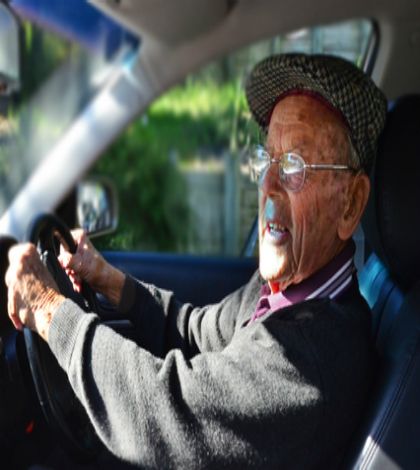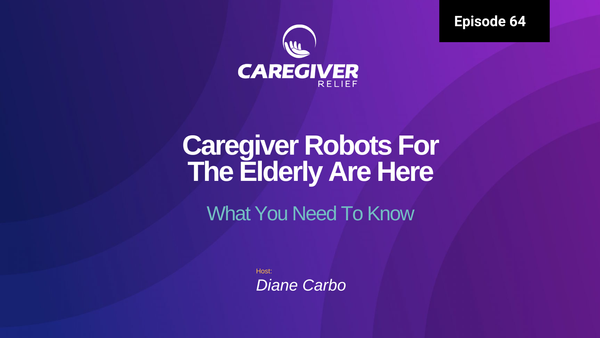Caregiver Robots for the Elderly Are Here! What You Need to Know
When it comes to taking care of elderly people, robots may be a great help. These robots are designed with Artificial Intelligence (AI) technology to provide companionship and assistance around the home.

Attention seniors and those who care for them! Did you know that by 2030, there will be a shortage of 1 million paid care workers in the US? Our present public health crisis already puts the burden of caring for older adults and disabled children on family members and friends. Family caregivers provide over $600 billion dollars of unpaid care. These family members are providing this care at the cost of their own mental and physical health.
Let's talk about what is happening in the Knollwood Military Retirement community.
Join the karaoke fun at the Knollwood Military Retirement Community in northwest Washington, D.C.! Retired U.S. Army Colonel Phil Soriano, 86, has hosted the singalongs since they started during a snowstorm happy hour in 2016. Stevie, a sociable robot resident at Knollwood, will co-emcee the upcoming show with Soriano. Soriano plans to sing "YMCA" while Stevie leads the dance moves, but it's not easy as Stevie doesn't have elbows. However, Soriano is more concerned with Stevie's comfort level, and the engineers are doing their best to make it a success. Don't miss the excitement and singing at Knollwood!
Stevie, a social robot, is teaming up with the Robotics and Innovation Lab at Trinity College Dublin and the non-profit retirement home Knollwood to explore the future of eldercare with artificial intelligence. Alongside a group of Trinity researchers, Stevie will spend several months at Knollwood to better understand how AI can be developed to aid both elderly individuals and their human caretakers. Their goal is to find ways to address the growing demand for care as more Americans age, and discover how robots can fill the gap in professional care.
At Knollwood, a retirement community, over 300 senior citizens ranging in age from 60 to 106 live in four different areas according to the level of care they require. Those older adults with greater physical or cognitive needs have 24-hour elder care nursing care in a hospital-style setting. Those in better health live in “Independent Living” apartments and enjoy the freedom to come and go as they please.
The Independent Living wing may remind you of a college dorm with decorated doors and bulletin boards filled with events. The residents have different levels of mobility but you might see walkers, coifs, or even décor reminiscent of the late Barbara Bush. One apartment door reads “Stevie”.
Meet Stevie A Socially Assistive Robot Companion
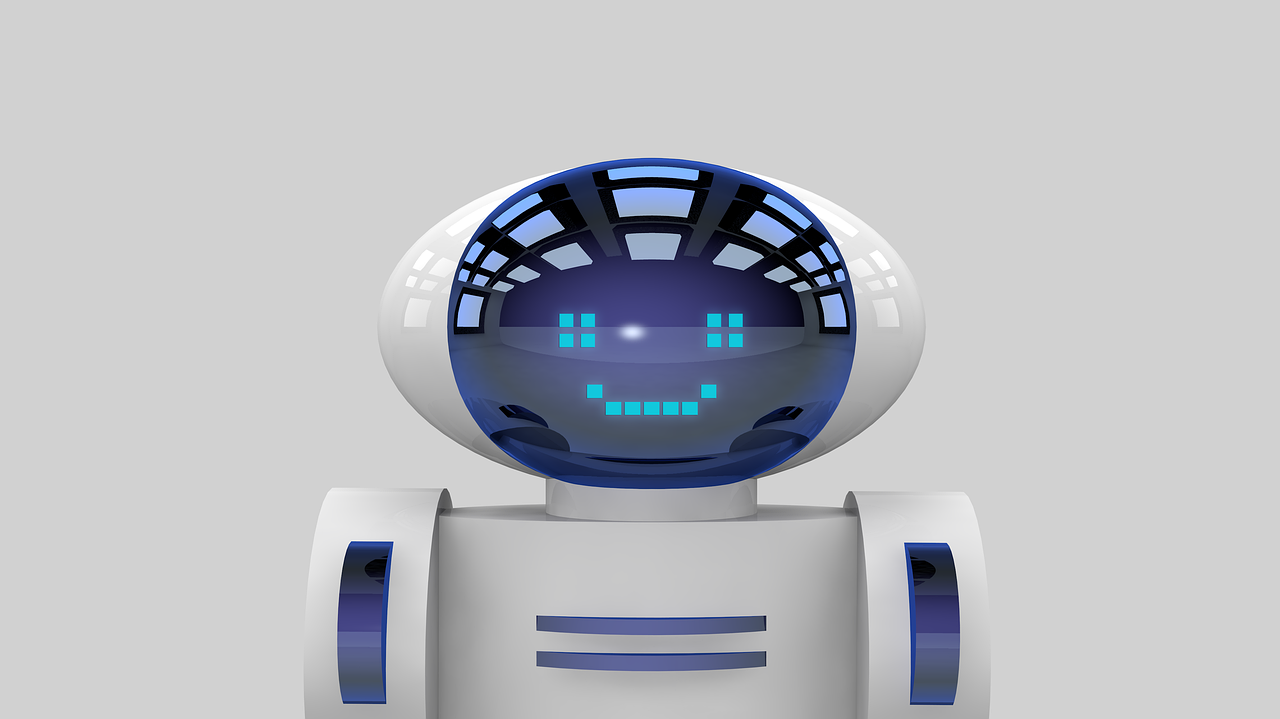
Meet Stevie, the socially assistive robot designed to engage with users both socially and physically. Equipped with autonomous navigation, Stevie can safely maneuver through hallways without assistance. Activated by the voice command "Hey Stevie," the robot responds with speech, gestures, and head movements to fulfill users' needs. Its LED-screen face can display a sorrowful frown or a smile depending on the command given.
Stevie's practicality extends beyond its social abilities. Its face can double as a video-conferencing screen, making it easy for residents to video chat with doctors or family members. And in the future, Stevie could potentially take meal orders with its touchscreen attachment.
Stevie the robot has become a valued companion for residents of Knollwood, a retirement community. Originally designed to perform tasks such as making deliveries, Stevie has surprised researchers by becoming a great companion and a source of entertainment and social interaction for residents. The robot's ability to recognize voice commands such as "help me" could be a lifesaver in an emergency, but it's the ability to make people laugh and smile that has made Stevie such a hit with the community. As robots become more widespread, it's becoming clear that they have the potential to provide companionship and social interaction that can be just as valuable as their practical abilities.
Care homes can benefit greatly from having a robot like Stevie, providing both practical assistance to care facilities and social interaction for residents.
In care settings, there are various types of robots available to assist staff with their duties. From exoskeletons to help lift patients safely, to delivery robots that zip around like room service carts, to doll-like robots that provide comfort to those with cognitive decline. Even at Walter Reed National Military Medical Center, pharmacists have started using robotic dispensing systems to assist with filling prescriptions.
Care homes can benefit greatly from having a robot like Stevie, providing both practical assistance and social interaction for residents.
In care settings, there are various types of robots available to assist staff with their duties. From exoskeletons to help lift patients safely, to delivery robots that zip around like room service carts, to doll-like robots that provide comfort to those with cognitive decline. Even at Walter Reed National Military Medical Center, pharmacists have started using robotic dispensing systems to assist with filling prescriptions.
Robot Companions in Elder Care
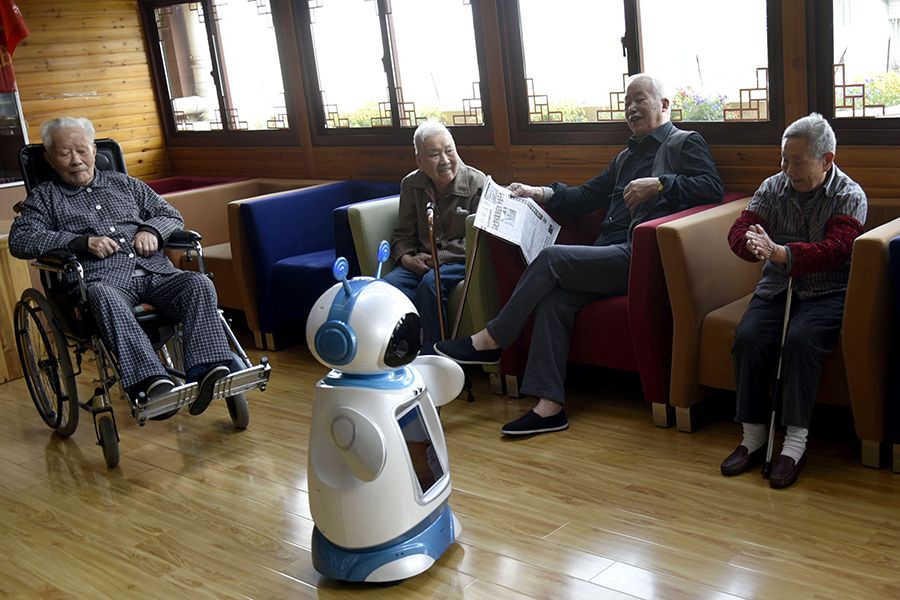
When it comes to taking care of elderly people, robots may be a great help. These robots are designed with Artificial Intelligence (AI) technology to provide companionship and assistance around the home. They provide older people with a combination of physical and emotional support that helps keep seniors safe and independent. With their help, you can make sure your elderly family members get the attention they need while still maintaining their independence.
Caregiver robots come in all shapes and sizes, from humanoid-like machines to robotic vacuum cleaners. Some even have voice recognition so they can respond to commands or questions. In addition to providing assistance, these robots also offer socialization for those living alone. This makes them an invaluable resource for those who may not have access to family or friends for human interaction. They can be programmed to identify unusual activity or change in daily activities and communicate that information to a family member or heath care provider.
Residents of Knollwood have mixed reactions to Stevie the robot. While some are fascinated by its construction and have been printing out articles to read in their apartments, there are also those who don't see the need for robots in their lives.
We are Facing a Caregiver Crisis

However, the aging and elder-care industry is facing an economic crisis due to the ever-growing gap between demand for care and the lack of available workers. Robots like Stevie could be the solution as they can work around the clock without needing rest. Despite this, some health care professionals feel concerned by the technology as they see it as a way some will use these robots to replace working age adults
Neither Stevie's creators nor Knollwood's management want to replace human employees with robots. The goal is to distribute the workload of care robots in a way that benefits both the caregivers and those receiving care. If there were enough robots to handle the work, it could provide much-needed relief for human caregivers who work long hours without breaks.
The cost of Stevie's production is between $22,000) to ($33,000),it is expected that a retail version will be less expensive. The Trinity team plans to sell monthly service contracts for the robot at 50% to 60% of the cost of hiring a human for the same job, making it a valuable and cost-effective investment.
Research and Robots
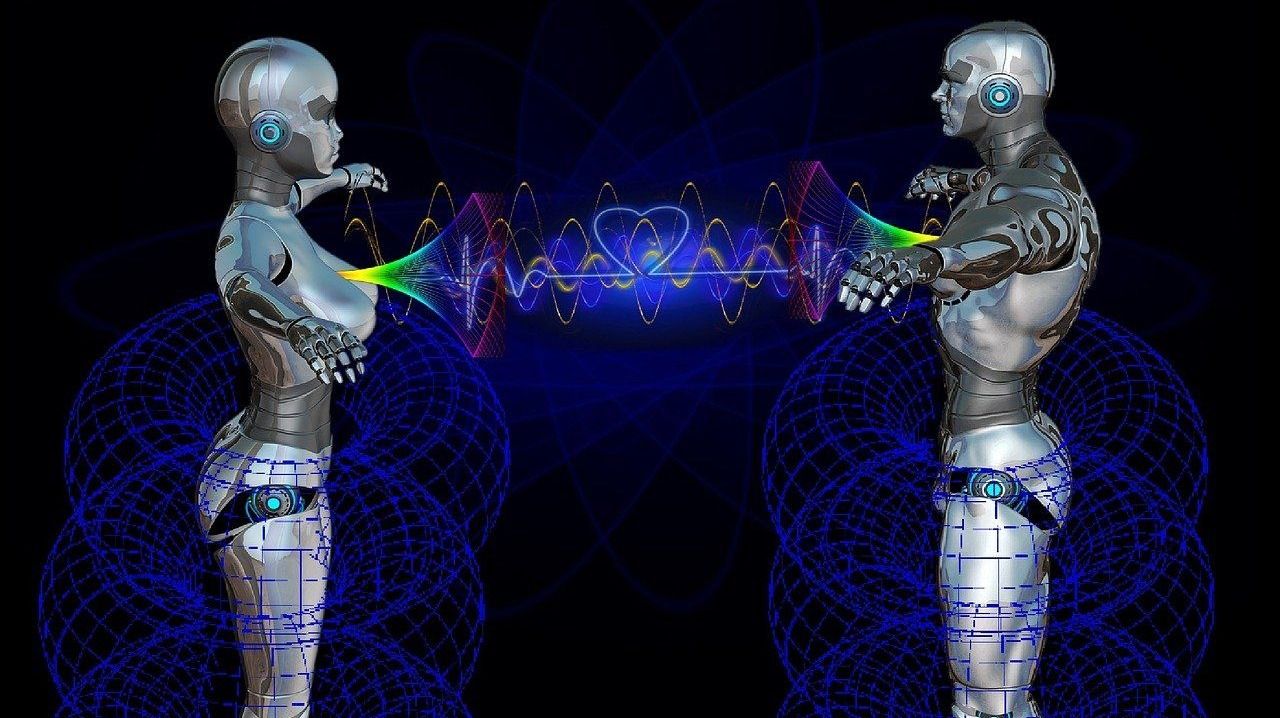
Social robots are a type of caregiver robot designed specifically to interact with people. These robots can converse, play games, and even remind seniors to take their medication. They provide an important source of comfort, companionship and cognitive stimulation that may otherwise be lacking in a senior’s life. They can improve the quality of life in many seniors lives.
As technology continues to evolve, so do the possibilities for robots. More advanced models are now able to remember faces and recognize emotions which can help them better respond to seniors’ needs. Additionally, some models come equipped with sensors that detect falls or changes in temperature which enable them to quickly alert emergency services if necessary.
In addition to providing assistance, there are many benefits associated with improved mental health, wellness, and well-being when seniors are able to interact with a caregiver robot. Studies have found that these robots can help reduce social isolation, encourage physical activity, and provide a sense of purpose or daily routine for senior citizens.
Robots are an incredible innovation that can make life easier for seniors and their families alike. With this technology, developing robots so that seniors can maintain their independence while still receiving the necessary care they need. Whether you're looking for companionship or assistance around the house, there's a robot out there to meet your needs!
The Human Touch

Human care workers and human relationships are essential for maintaining mental health and well-being, but when family, health professionals, or friends are not available, a caregiver robot can be a helpful tool in providing assistance and companionship. While the technology is still new, these robots are becoming increasingly advanced, offering unprecedented support to those who need it most. If you’re considering adding a caregiver robot to your loved one’s life, make sure you explore all the options available to ensure it meets their needs.
The potential of caregiver robots is truly exciting - they could revolutionize how we care for our elderly loved ones and help them stay independent longer. As technology advances more sophisticated models become increasingly accessible – making this an important development in senior care worth exploring.
What is Intuition Robotics?
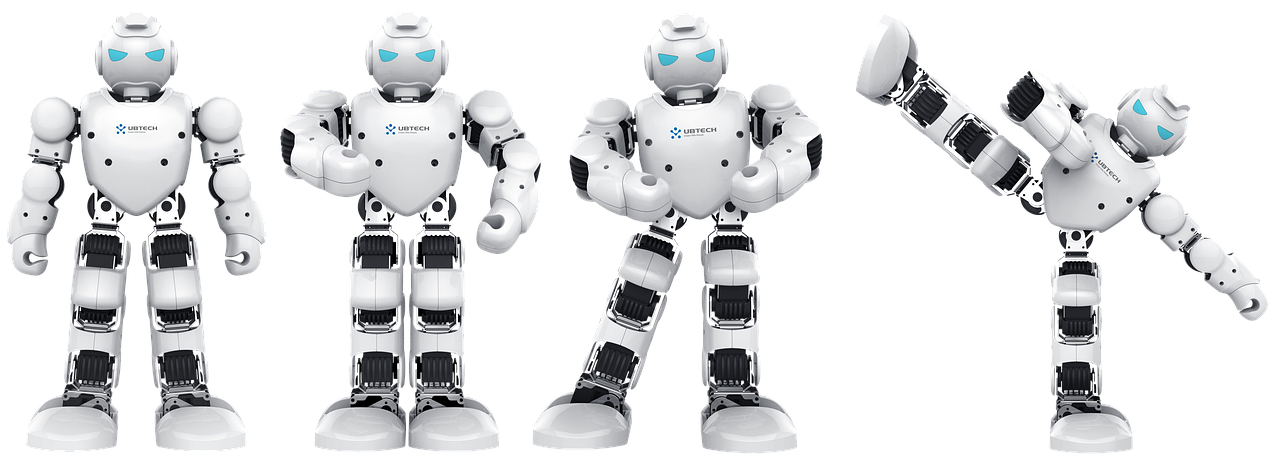
Intuition Robotics is a company dedicated to developing socially assistive robots for the elderly, such as ElliQ. These robots provide companionship and assistance to seniors while they remain independent. With their help, seniors can get personalized reminders about daily routines like medication or physical activity, and even interact with them using natural language processing. Additionally, these robots are equipped with sensors that detect falls or changes in temperature which enable them to quickly alert emergency services if necessary. In short, Intuition Robotics is making it easier for seniors to enjoy life without sacrificing their independence - something we should all strive towards!
One thing is for sure, the next decade will show the outside world if technology works and if it will help or make more work for human caregivers.
You might also like this article:
